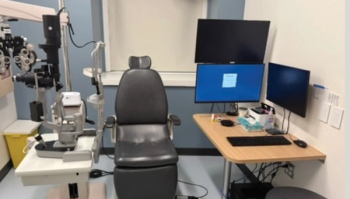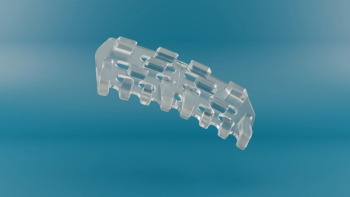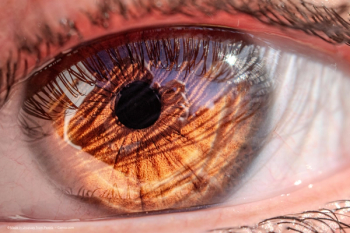
Glaucoma: try draining it!
Open angle glaucoma can be considered as a pathology, which predominantly requires surgical treatment. In light of this, John Cairns, in 1968, introduced a "protect filtering" surgical technique that would improve aqueous outflow and reduce intraocular pressure (IOP) in glaucomatous eyes. That technique was called trabeculectomy.
Today, trabeculectomy is still considered the "gold standard" for glaucoma filtration surgery and has supplanted most other forms of glaucoma surgery. Unfortunately, however, the procedure first demonstrated by Cairns has been frequently linked to certain short-, medium- and long-term complications, including hypotony, endophthalmitis, choroidal shedding and cataract.
More recently, non-penetrating surgery has come to the fore. New techniques, such as viscocanalostomy and deep sclerectomy now offer glaucoma specialists surgical options that are associated with a lower risk of complications in comparison to the standard trabeculectomy. Although continuously shown to be safer and just as efficacious as the gold standard treatment, a long learning curve is generally associated with the non-penetrating approaches. Some reports have also been published stating that non-penetrating surgery is less effective in treating high ocular pressure glaucoma.
Draining the situation
Glaucoma drainage devices (GDDs) were first introduced a century ago. Since then, much experience has been gained in the use of these devices and naturally many modifications have been made to design, construction and implantation techniques. In 1969, Molteno launched the concept of a tube and plate for glaucoma drainage, in which the plate is secured onto the episclera, helping with the formation of a posterior orbital filtering bleb.
Today, several drainage devices have been launched onto the market, with each sharing the same essential design concept suggested all those years ago.
Adding to the catalogue of glaucoma treatment approaches is Ex-PRESS (Optonol), a new miniaturized glaucoma implant, which reduces the medium-high IOP values in open angle glaucoma.
Here, Paolo Lepre, MD, provides details of this device and recounts his experience with it in practice.
Ex-PRESS route to surgical success
The Ex-PRESS implant is a miniature unvalved glaucoma implant that has both CE marking and is FDA approved. It was developed as an alternative to trabeculectomy and other types of glaucoma filtering surgery for patients with primary open angle glaucoma. The device is a stainless steel tube that is <3mm in length [outer diameter 400 μm (27 gauge)] and is available in three models. It features a bevelled or rounded tip, a plate (<1 mm2 ) at the device proximal end and a spur-like projection that prevents its extrusion. The external plate and inner spur are angled to conform to the anatomy of the sclera and the distance between them corresponds to the scleral thickness at the site of implantation.
Ex-PRESS is easy to implant and causes significantly less trauma to ocular tissue when compared with traditional filtration surgery. It is also designed to adapt to various levels of IOP as well as to sclero-corneal thickness.
Ex-PRESS is inserted in the anterior chamber to the limbus and its particular design allows it to remain firmly hooked to the sclera. In a similar fashion to trabeculectomy, the device reduces IOP by diverting the aqueous humour from the anterior chamber to an intrascleral space - the bleb. The main axial orifice and three additional transverse orifices allow uninterrupted aqueous humour flow.
Implant intraocular stability is safeguarded by the device's "spur" that hooks to the sclera and prevents extrusion from the anterior chamber and, outside the eye, it is protected by a "flange" that is parallel to the sclera, adding further support.
Newsletter
Get the essential updates shaping the future of pharma manufacturing and compliance—subscribe today to Pharmaceutical Technology and never miss a breakthrough.















































